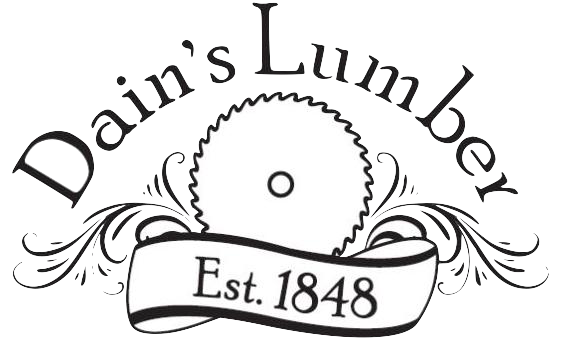
Deciduous hardwood which grows principally in the upland, hilly terrain of the Northeastern and Lake States forests. The yellow birch is the state tree of New Hampshire. A small, fast growing, short lived tree, its average height is 70 feet, and its average trunk diameter is 2 to 3 feet. A forty year old birch tree is an old birch tree. The largest yellow birch in the United States can be found in Deer Isle, Maine. Recorded by the National Register of Big Trees in 1991, it is 76 feet high with a trunk circumference of 252 inches and a canopy spread of 91 feet.
There are nine species of birch native to North America, including the very distinctive and familiar white trunked paper birch. But the species named yellow birch is the most common and important commercial lumber birch. It is identified by its bright, yellowish bronze colored bark that peels in long, thin horizontal strips. The wood is very strong, heavy, hard, and stiff with a high resistance to abrasion. It is best worked with machine tools but adapts well to hand tool use, as well. The plain, uniform grain is fine, close and evenly textured, at times found with a curly or wavy pattern. Yellow birch has a pale white sapwood and a darker reddish brown heartwood. Depending on which color of wood is used in birch veneer, it is sold under one of these three descriptive terms:
- White Birch Veneer: is made only from the very white sapwood.
- Red Birch Veneer: is made only from the darker red heartwood.
- Unselected or Natural Birch Veneer: contains a normal combination of both colors of wood from both the sapwood and the heartwood of the yellow birch tree.
From canoes to cabinets, wigwams to toothpicks, birch has always had many uses. Native Americans and early settlers, both used its paper thin waterproof bark for house construction, roofing, boat, shoes, writing paper and kindling. Yellow birch wood was and still is used for sturdy furniture, cabinetry, flooring, paneling and interior finishing. Because of its smooth, dense surface texture, yellow birch wood paints, stains, and polishes beautifully. Birch is a good wood for steam bending: it is used for boxes, containers and baskets. Birch is also a good wood for turning: it is used for spools, bobbins, dowels, handles and toys. The biggest use of birch, today, is in the plywood market. Finish plywood is surfaced with yellow birch veneer. Another predominate use of birch is in the manufacture of doors. It is used extensively as door skins on flush doors and for interior and exterior panel doors. In the 1950`s practically every kitchen cabinet was made from birch. Although not quite so popular in today`s cabinet market, it is still important in the manufacture of store fixtures, school furnishings and contemporary furniture. Because of its excellent availability, attractive price and ease of workability, birch, as both veneer and lumber, remains an important choice in today`s finish hardwood market.
